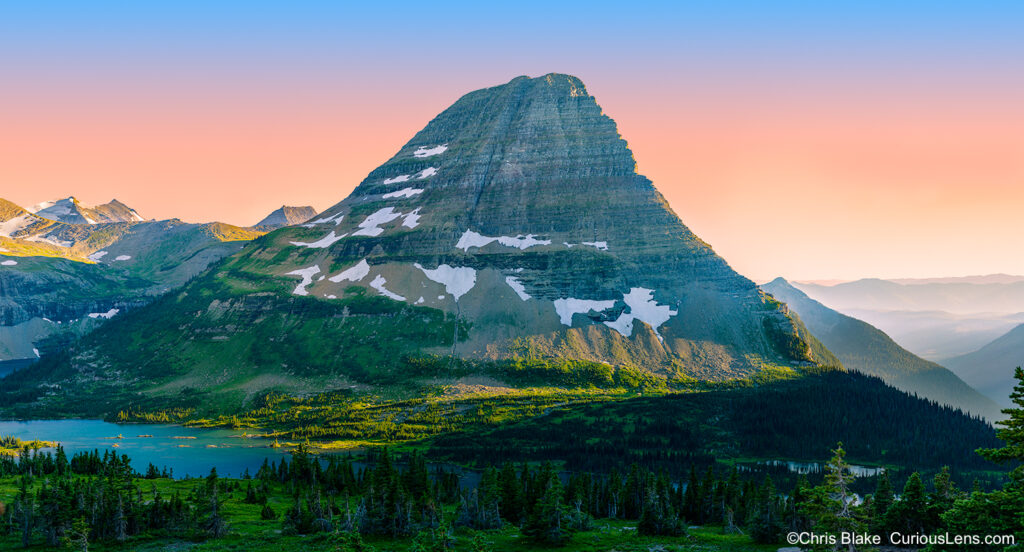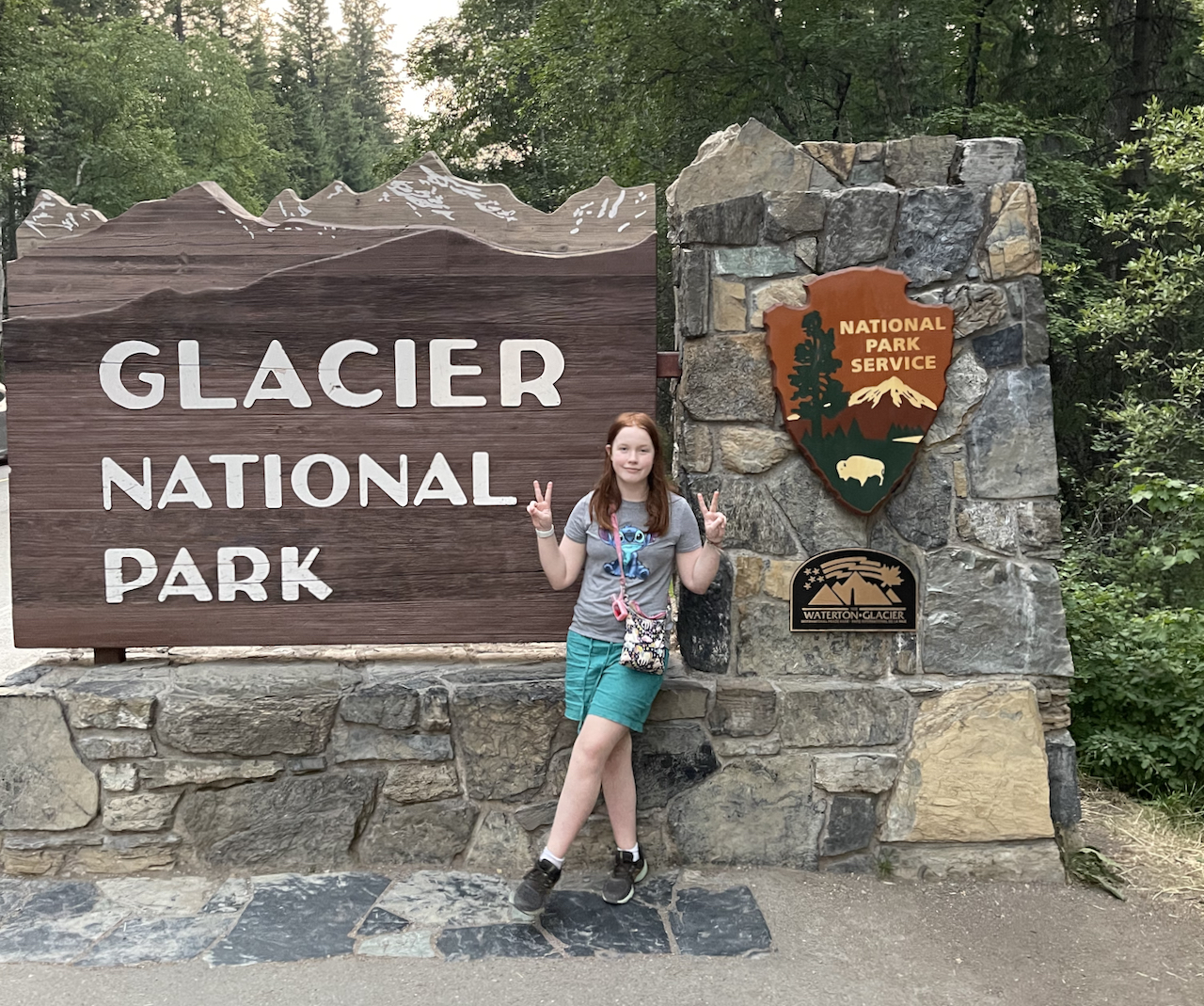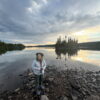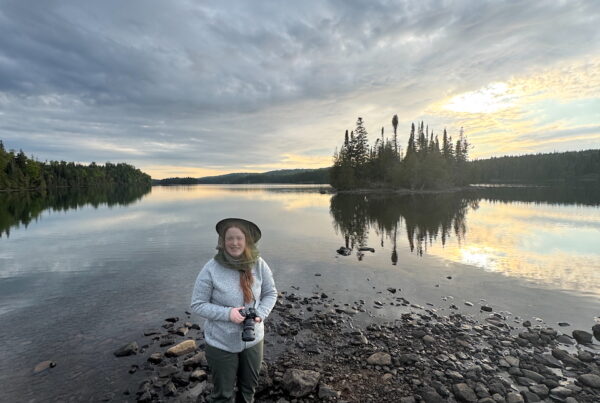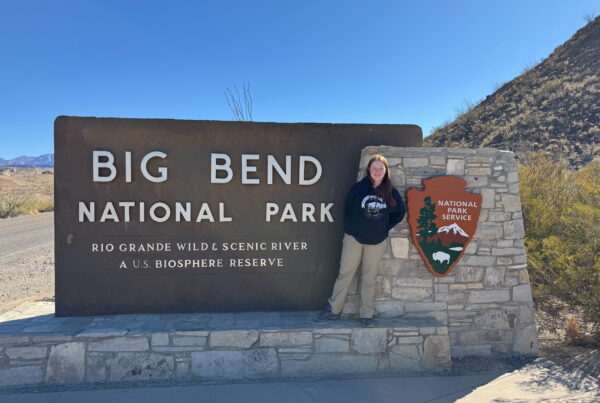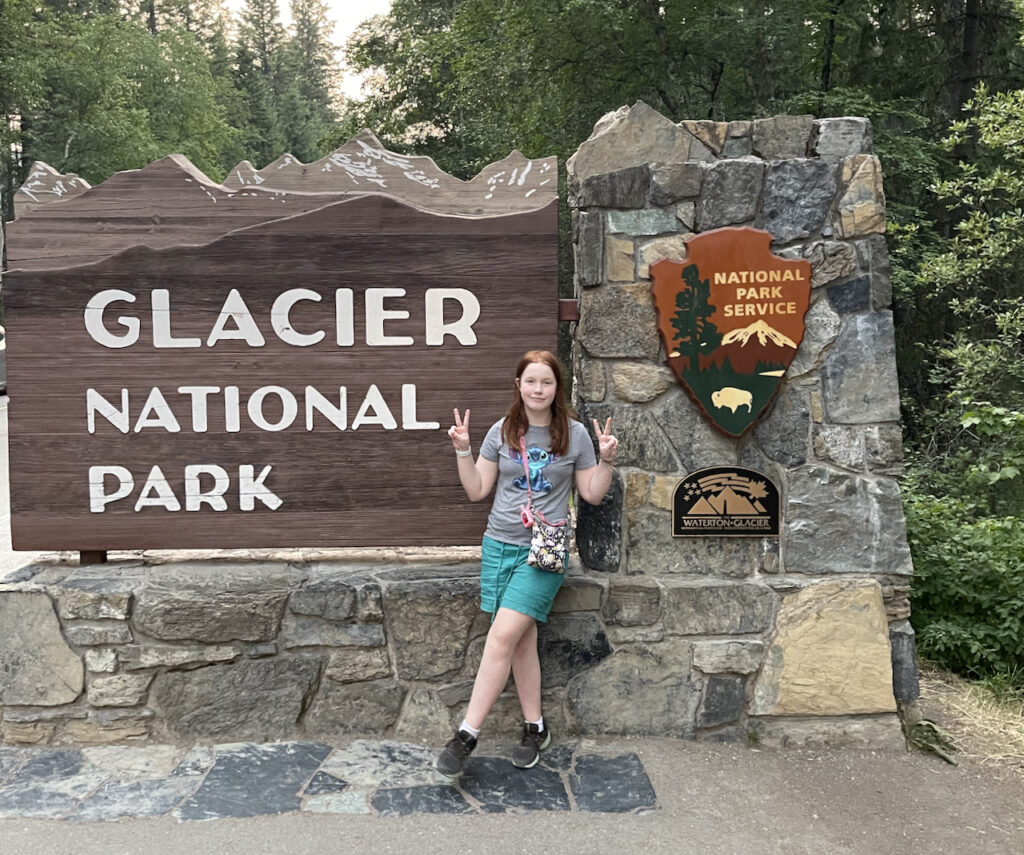
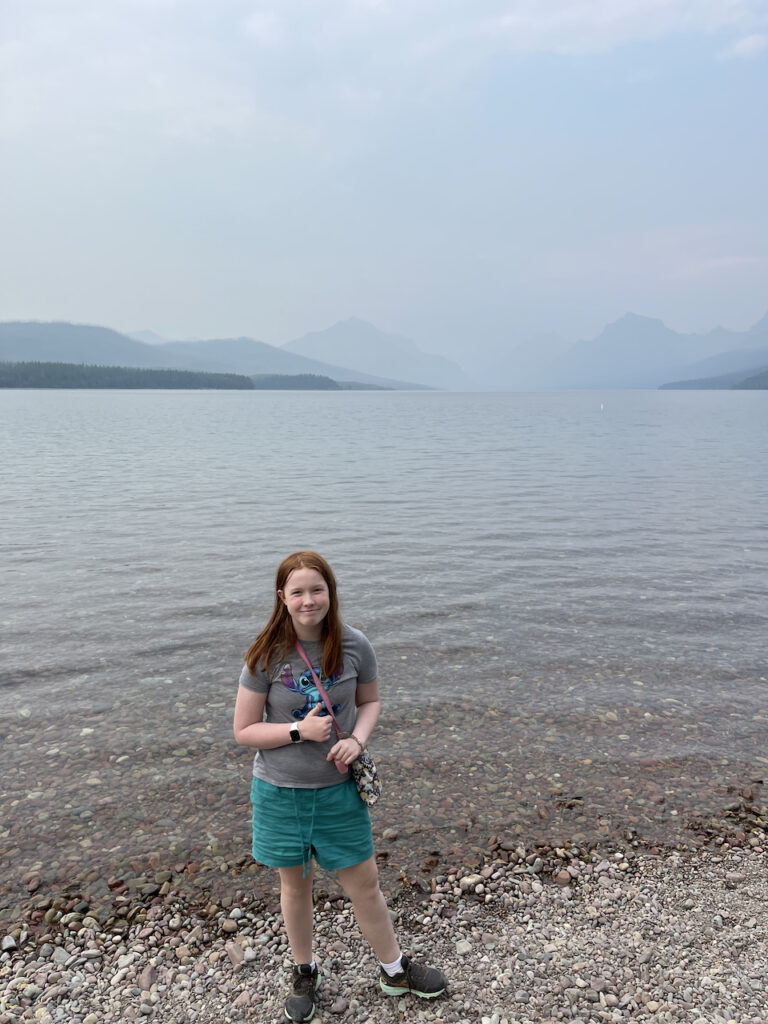
After a delightfully brief visit to the North Cascades, our journey continued to Glacier National Park. Unfortunately, Route 20 was closed due to the Walker Creek Fire, necessitating a lengthy detour. We divided the journey into two days, spending a night in Spokane to break up what would have been a grueling 12-hour drive. The western wildfires, a recurring theme of our trip, not only extended our travel time but also enveloped us in a persistent smoky haze throughout our stay in the park.
Despite the smoky conditions, Glacier National Park was bustling with visitors. The summer of 2021 saw many national parks experiencing unprecedented crowds, leading Glacier and others to implement a timed entry system to manage the influx. We were lucky enough to secure passes for each day, which were required for daytime entry, although early mornings and late afternoons remained open for access. This flexibility allowed us to explore from sunrise to sunset, though the park swelled with visitors by midday, doubling travel times even for short distances.

Encompassing over 1 million acres in northern Montana, Glacier National Park is a jewel of the Rocky Mountains. It boasts over 150 named peaks rising above 8,000 feet, with Mount Cleveland standing tallest at 10,479 feet. The park is home to more than 130 named lakes, 1,000 plant species, and numerous animals, earning it the nickname “Crown of the Continent Ecosystem.” Glacier’s dramatic landscapes have been shaped by glacial activity over the last 12,000 years, although its glacier count has dramatically declined from 150 in the 19th century to just 25 by 2010. Without significant climate action, these glaciers might vanish by 2030.
The area’s rich history dates back 10,000 years with the arrival of Native Americans. The eastern slopes were traditionally inhabited by the Blackfoot tribe, whose reservation now borders the park to the east. The Flathead Indian Reservation lies to the west and south.
The park almost brushed with history in 1806 when the Lewis and Clark Expedition came within 50 miles of what is now Glacier. Subsequent explorations in the 1850s further unveiled its wonders. In 1885, George Grinnell, guided by James Schultz, ventured into the region, becoming so enamored that he spent the next two decades advocating for its protection, eventually dubbing it the “Crown of the Continent.”
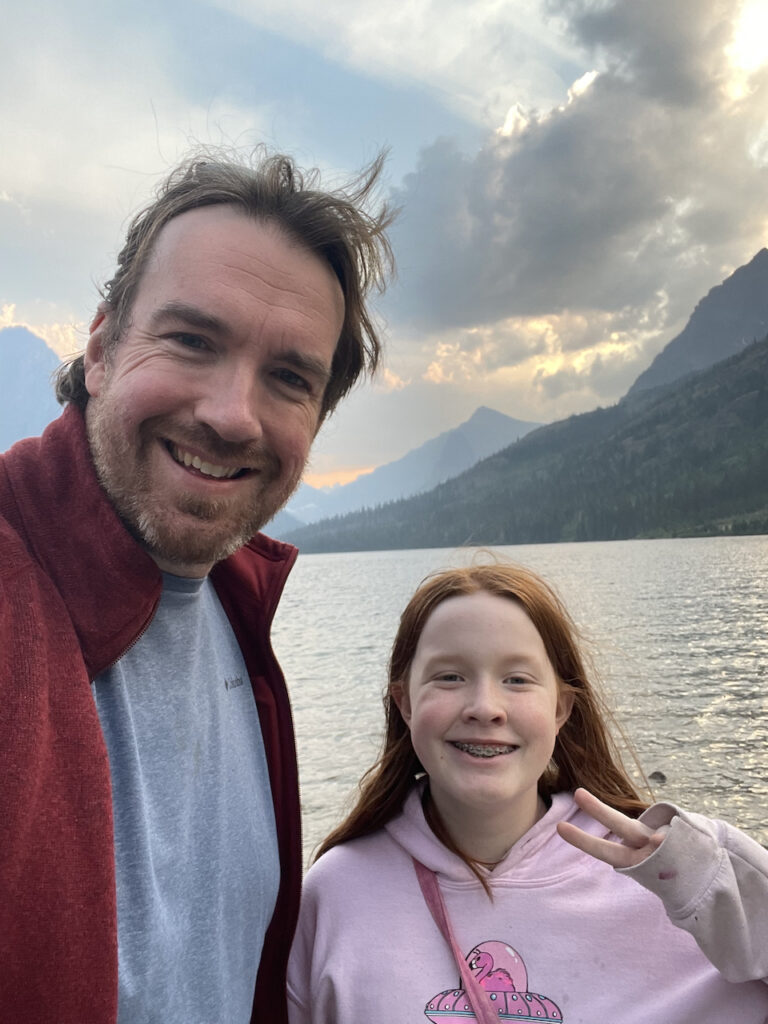
After persistent advocacy, President William Howard Taft established Glacier National Park in 1910. Initially, the Great Northern Railway provided the only real access, traversing the continental divide at Marias Pass and establishing stations near the park. The railway also constructed numerous Swiss-style hotels, restaurants, and shops, many of which remain today as part of the park’s 350 historic buildings listed on the National Register of Historic Places.
The Going-to-the-Sun Road, completed in 1932, is perhaps the park’s most famous feature. This 53-mile road cuts across the park, reaching the Continental Divide at Logan Pass and offering unparalleled views of the park’s interior wilderness.
For our stay, we based ourselves in Whitefish, Montana, about 40 minutes from the West Glacier entrance. Although all in-park accommodations were booked, Whitefish proved to be a charming resort town, providing ample dining and shopping options, despite the added commute.
Our first park day was spent familiarizing ourselves with the west entrance and the scenic Lake McDonald area, culminating in a sunset viewed from a secluded lakeside spot. The next morning, we rose early for a smoke-muted sunrise at the Wild Goose Island Lookout, famously featured in “The Shining.” This was followed by a hike to Saint Mary Falls, offering splendid vistas and a refreshing conclusion at the falls.

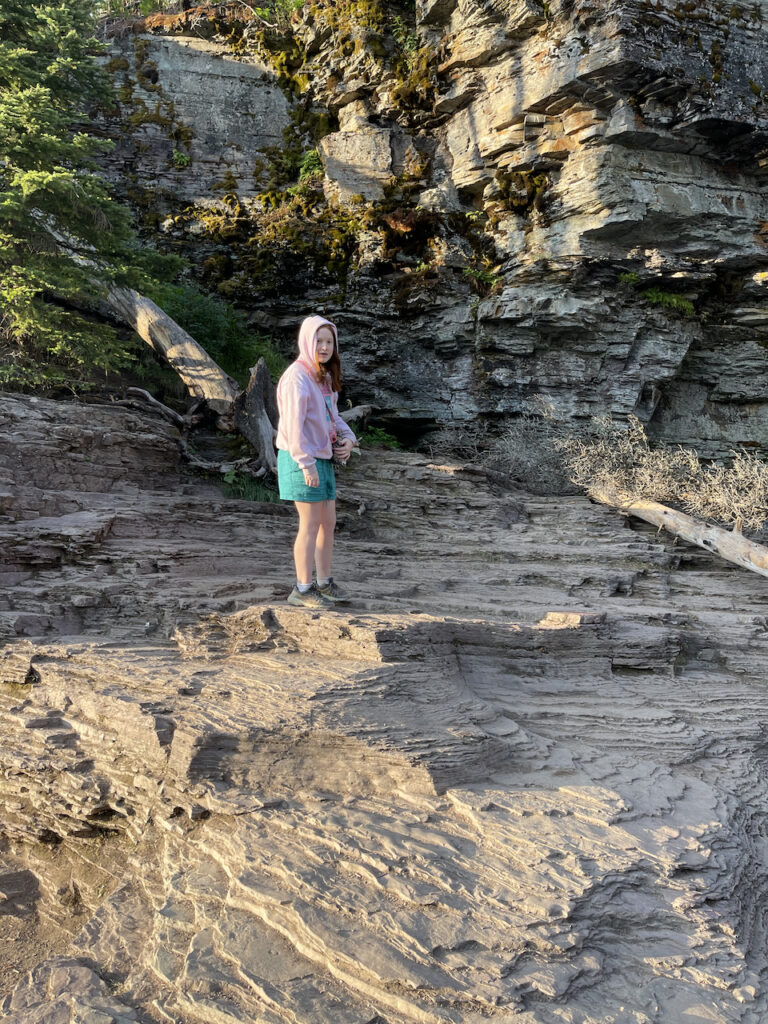
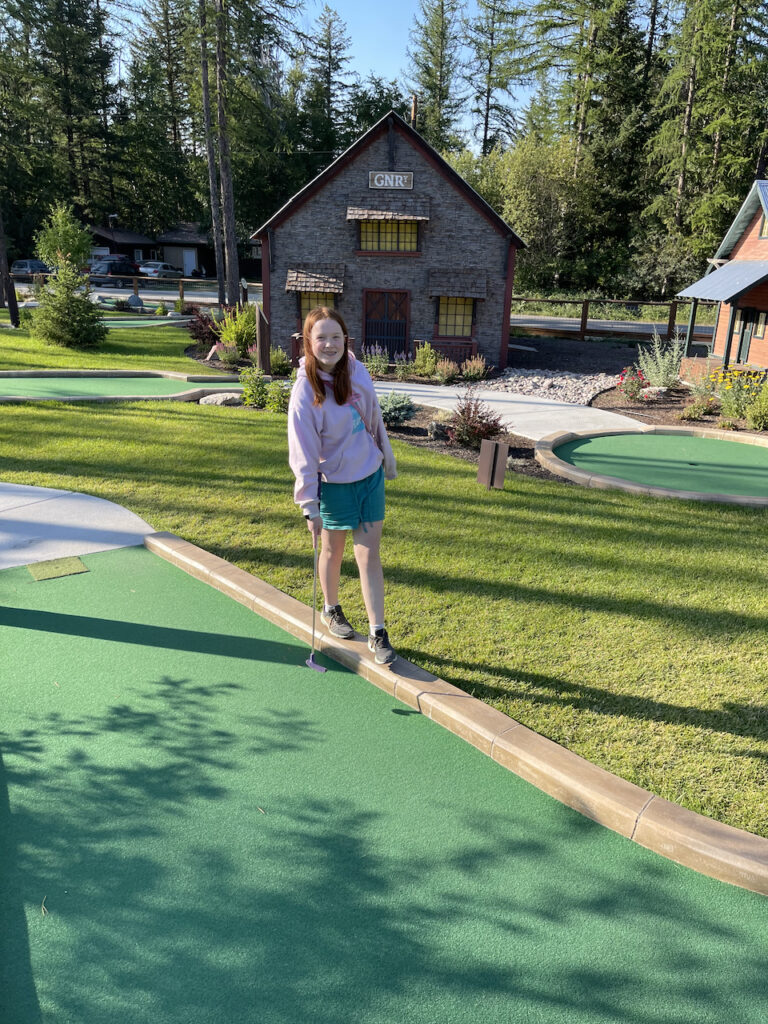
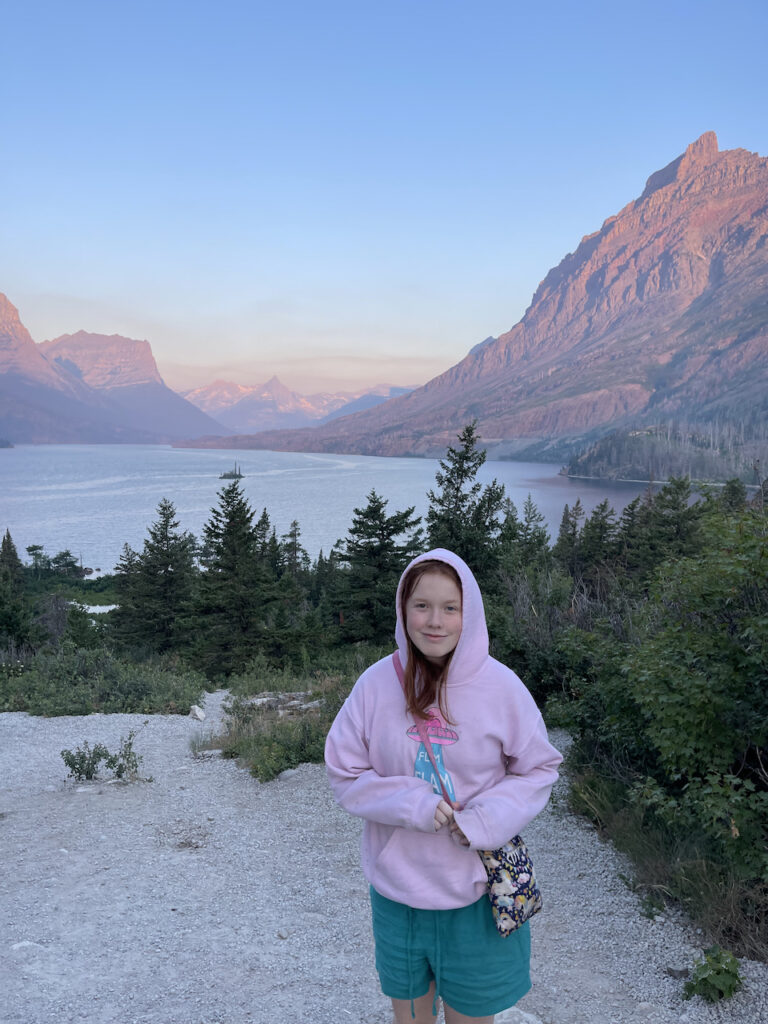
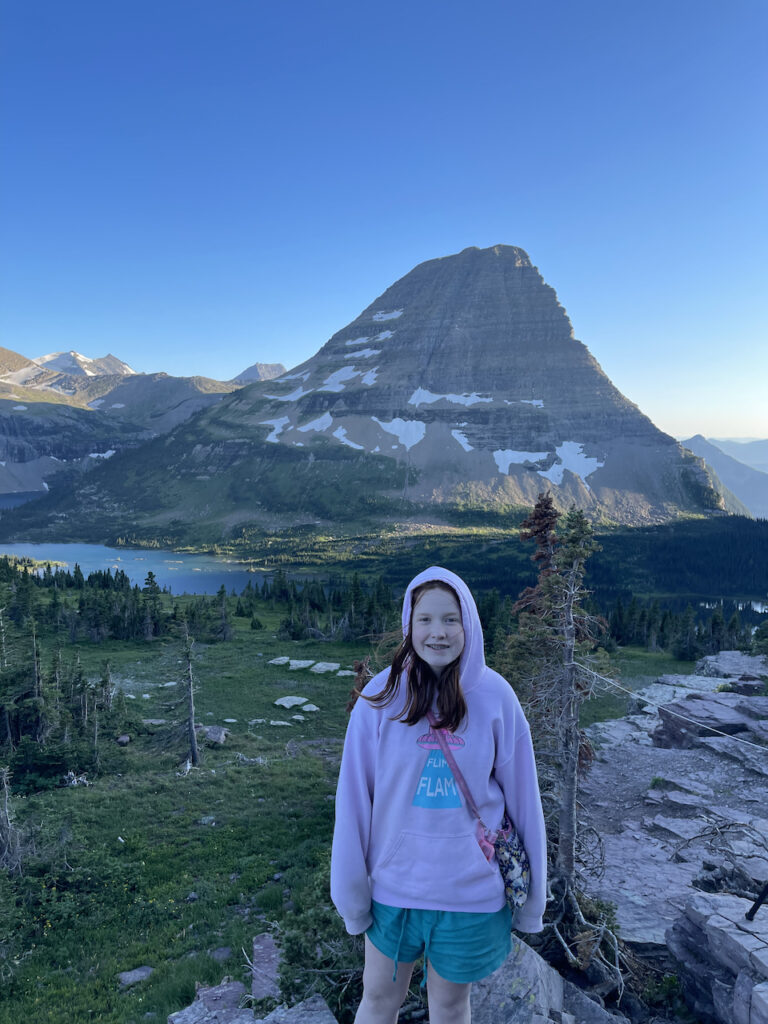
The following days were filled with explorations along the Going-to-the-Sun Road and a visit to the less-traveled Two Medicine Lakes, showcasing breathtaking scenery despite the smoke. Our adventures included a serene sunrise by Lake McDonald and a pancake breakfast in Apgar Village, followed by a sunset hike to Hidden Lake, which provided our first clear evening.
Our final days included a leisurely round of mini-golf in West Glacier and a sunset drive, with plans to return and explore the unvisited Many Glacier area. The journey concluded with a picturesque sunset in Seattle’s Kerry Park, framing a perfect end to our memorable trip.
